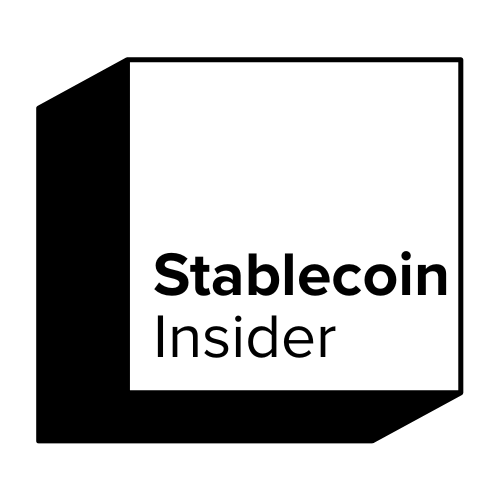Ripple’s recent launch of its U.S. dollar-backed stablecoin, RLUSD, has garnered significant attention in the cryptocurrency world. Featured in the Wall Street Journal, RLUSD is positioning itself as a formidable competitor to established players like Tether (USDT) and USD Coin (USDC). With a focus on transparency, regulatory compliance, and financial stability, RLUSD aims to reshape the stablecoin landscape and enhance the adoption of Ripple’s native token, XRP.
Key Takeaways
- RLUSD has achieved over $100 million in daily trading volume.
- The stablecoin is fully backed by U.S. dollar deposits and government bonds.
- Ripple emphasizes transparency with monthly third-party attestations of reserves.
- RLUSD operates on both the XRP Ledger and Ethereum, enhancing its utility.
- The Wall Street Journal feature boosts RLUSD’s credibility and market perception.
RLUSD: A New Standard in Stablecoins
Ripple’s RLUSD is designed as an enterprise-grade stablecoin, ensuring trust and compliance. Each RLUSD token is fully backed by U.S. dollar deposits, U.S. government bonds, and cash equivalents, guaranteeing stability and transparency. Unlike some stablecoin issuers that have faced regulatory challenges, Ripple has committed to publishing monthly third-party attestations of RLUSD’s reserves, reinforcing investor confidence.
Implications of The Wall Street Journal Feature
The inclusion of RLUSD in The Wall Street Journal has significant ramifications for its adoption and market perception. Being featured in a globally recognized financial publication enhances RLUSD’s credibility and reputation. This could attract institutional investors and financial firms seeking a regulated, transparent stablecoin. The feature can encourage adoption among businesses looking for a stable digital asset for cross-border payments and settlements.
Market Position and Competitive Advantage
The stablecoin market is currently dominated by Tether (USDT) and USD Coin (USDC), which contribute nearly 90% of the sector’s total market capitalization. Ripple’s regulated and transparent approach provides a compelling alternative for institutions seeking compliance-focused solutions. A major advantage of RLUSD is that it has received final approval from the New York Department of Financial Services (NYDFS), setting it apart from competitors that have struggled with regulatory challenges.
Ripple’s Liquidity-Driven Strategy
Ripple’s strategy for RLUSD focuses on creating a self-sustaining cycle where increased trading volume attracts more integrations, leading to broader adoption across exchanges and financial platforms. By positioning RLUSD as a central hub for transactions and tokenization, Ripple aims to onboard traditional financial institutions and enhance its role in the broader financial ecosystem.
The Future of RLUSD and XRP
As RLUSD gains traction through increased liquidity, tokenization, and DeFi adoption, its success could further strengthen Ripple’s position as a leader in the blockchain and financial technology sectors. The positive sentiment surrounding RLUSD may also lead to increased demand and liquidity for XRP, enhancing its long-term outlook.
Ripple’s launch of RLUSD marks a pivotal shift in the stablecoin industry, emphasizing regulatory compliance, transparency, and financial integrity. With major media recognition, RLUSD has cemented its position as a serious contender in the stablecoin market, potentially influencing future stablecoin policies and adoption in the digital finance landscape.

